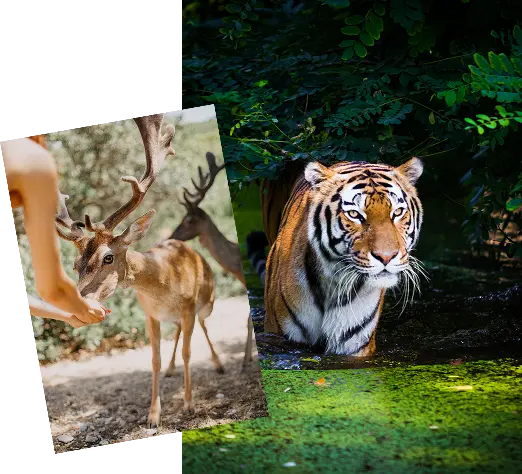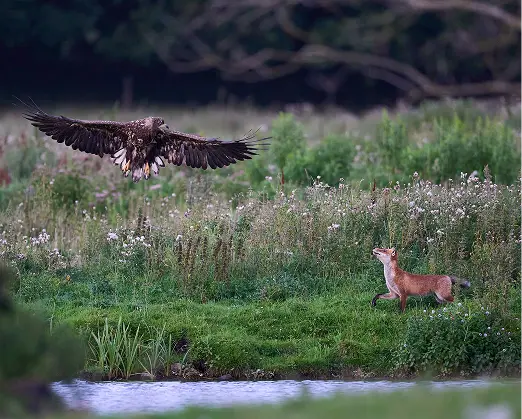India is a paradise for wildlife lovers, boasting about 100 national parks and 50 wildlife sanctuaries. From spotting majestic tigers in Ranthambore to encountering Asiatic Lions in Gir, every wildlife destination offers unique experiences. Explore diverse terrains, lush green landscapes, and vibrant biodiversity that define India’s rich wildlife heritage. Make the best wildlife memories with our India Wildlife Tours. We, Memorable India, bring carefully created India wildlife tour packages tailored to meet every traveller’s needs. Our local guides, with years of experience, ensure safe and immersive experiences. We take care of travel, accommodation, wildlife safaris, and other activities without hassle. With a deep understanding of India’s wildlife and ecology, we promise unforgettable adventures filled with mesmerizing encounters and cherished memories. Without a second thought, book your wildlife safari packages India with us.

This cooler season is the perfect time to witness wildlife animals. As the forest becomes less thick, it allows the best spotting experience.
Summer is prime season as you can spot tigers and other wildlife near the waterholes. There are high chances to see lions and tigers relaxing near the waterholes.
During monsoon season, you are lucky to experience the lush green landscape, serene views, and a wildlife safari. At the same time, some sanctuaries are closed due to heavy rain.

Kickstart your Indian wildlife tour from Jim Corbett National Park in Uttarakhand, India’s first national park nested on the foothills of the Himalayas. This park is known for its majestic Bengal tigers and 600+ flora and fauna. Corbet offers thrilling Jeep Safaris and stunning landscapes.
Your next stop is Ranthambore National Park, the most-visited national park in Rajasthan. This park is over 392 sq km (including the buffer zone). This park is renowned for its diurnal (easily spotted during the day) Bengal Tiger and other majestic animals. Enjoy the Jeep Safari and witness the animals in their natural habitat.
Continue your wildlife India tours to the heart of India at Bandhavgarh and Kanha National Park. They are rich in flora and fauna and offer high chances of spotting tigers, leopards, and other wildlife animals in their natural surroundings.
Pench National Park is located in Madhya Pradesh, which is 758 sq km (including a buffer zone). It is the home for tigers, leopards, bison, wolves, black bucks, peacocks, foxes, striped hyenas, monkeys, etc. It is well-known as the inspiration for Rudyard Kipling’s The Jungle Book.
Next, head to Gir National Park in Gujarat, the last refuge for the Asiatic Lion. Explore its dry deciduous forest and spot 40+ species of animals and 420+ species of birds in their natural habitat.
Head to Tadoba National Park, a tiger reserve in Maharastra. It is one of the largest national parks in India with various wildlife species: tigers, panthers, chital, leopards, gaurs, jackals, mouse deer, sambars, sloth bears, antelope, and crocodiles. The park has dense forests of sal, margosa, mahua, and mango and Tadoba Lake, which makes it the must-visit destination for those who love to explore rare species of flora and fauna.
From there, travel to Kaziranga National Park in Assam, a UNESCO world heritage site. This picturesque park, situated on the bank of the Brahmaputra River, is the home to a two-thirds population of one-horned rhinoceroses of the world. Enjoy an elephant safari on its grassland and watch the vibrant bird species in wetlands.
Let’s make your next tour wild. Book the best wildlife tours in India with Memorable India.
